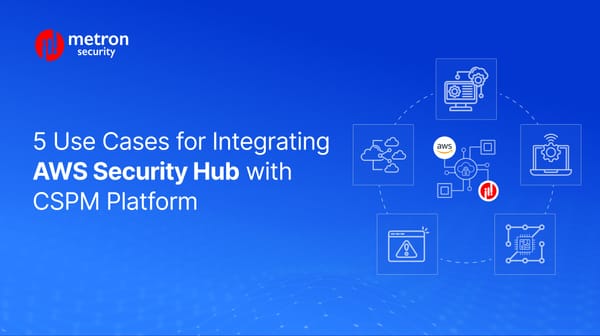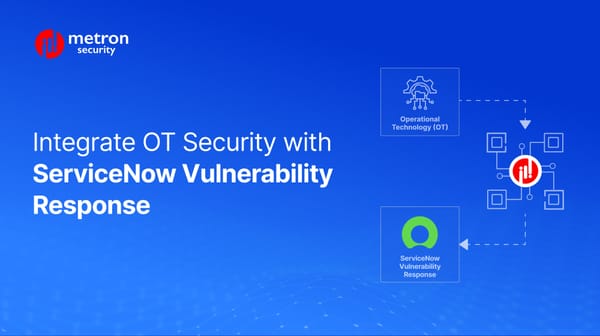3 More Use Cases for SOAR Automation to Protect Your Enterprise
Incident response and prevention are key concerns of any security team.
Alexander Nachaj

Incident response and prevention are key concerns of any security team, which is one reason why more and more organizations are turning to SOAR and particularly its automation capabilities to keep their data and systems secure.
Recently, we released a list of 3 important use cases for SOAR's automation capabilities for your enterprise. In this post, we expand on the previous list, giving you 3 more reasons why automation is the key to keeping your organization safe and reducing man-hours spent warding off cyber threats.
1. Threat Hunting and Early Warning
Containing threats is one thing that we previously touched upon, but finding threats that may have eluded earlier detection systems can be a nightmare for teams. After all, a fair bit of threat hunting relies on manually going through logs, often across multiple systems, and looking for clues. Depending on the size of your organization and the number of apps, finding the threats you suspect are already in there can be challenging.
Fortunately, when an entire security toolset is integrated, automation lets your team make smarter decisions faster, by having much of the manual combing already handled. By setting a threat hunting scope to your tools to automatically probe for malware and other threats and sending only the most relevant information to your security teams, you can likely detect threats before they cause widespread harm.
2. User Identity Validation
The rapid and secure validation of user credentials is essential for smooth operations at any busy organization. Inevitably, the volume of validation grows alongside an organization - not just in terms of new colleagues and members being added to teams, but also often in the form of additional workspaces, workstations, and so on. Moreover, the pandemic saw countless companies going fully remote which further upped the necessity for ensuring that user identities could be validated at multiple locations.
All the factors listed above inevitably lead to more potential access points for threats. Managing all this activity can become nearly impossible for a small security team without the right tools. Fortunately, automation can set specific parameters for user validation, as well as quickly move to restrict access or require additional authentication on new devices or new locations. In effect, the right automation parameters can help ensure malicious users never even make it through validation.
3. Vulnerability Management
In the old days, it was common for security teams to manually review product and app inventory for security vulnerabilities. This could include manually updating out-of-date apps, scouring for new updates, as well as more mundane aspects such as reviewing local code for potential vulnerabilities in everything ranging from broken form fields to HTML lines.
As programs have become far more complex and integrated with organizations often relying on anywhere from a half-dozen to over a hundred apps in their security centers, manual intervention requires too many man-hours to effectively manage.
Automation, on the other hand, can be set to keep your apps up-to-date and patched, the moment vulnerabilities are detected. Also, with the right parameters, your tools can often act autonomously in this regard, acting faster than manual intervention ever could.
Considering expanding into SOAR integrations, upgrading existing cybersecurity operations, or designing custom playbooks? Metron is a development partner with leading SOAR platforms and has extensive experience in the automation field. If you are considering any custom cybersecurity solution that focuses on the resources and needs of your organisation, please send a note to connect@metronlabs.com.









